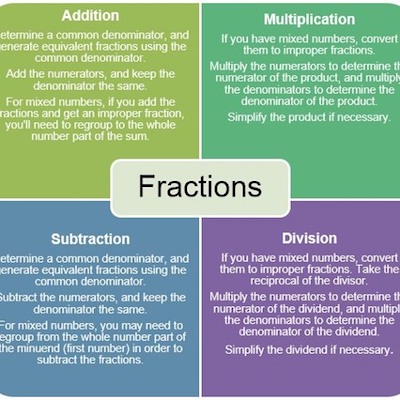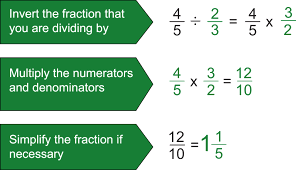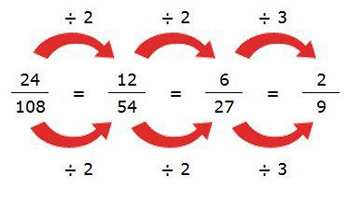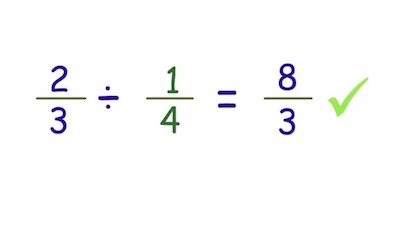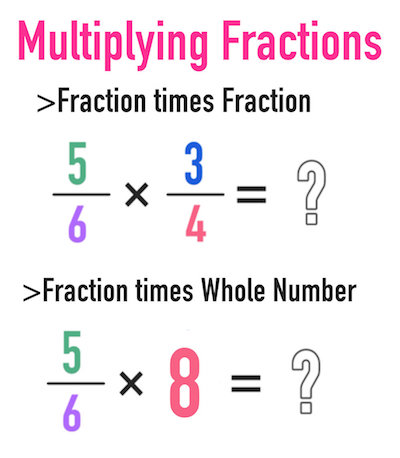Decomposing fractions doesn’t need to be hard. While most students tend to struggle when they need to decompose, the reality is that this isn’t as hard as you are thinking. So, to help you out, we decided to give you some tips so that you can easily start decomposing fractions.
Looking to learn more about fractions?
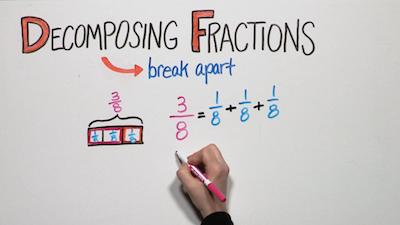
Decompose simply means that you are dividing into smaller parts or splitting up. So, when you apply this term to fractions, decomposing fractions simply means that you are dividing a fraction into smaller fractions, such that on adding all the smaller parts together, it results in the initial fraction.
Methods Of Decomposing Fractions
One of the things that you may not know is that you have different methods to decompose fractions. So, let’s check them.
#1: Breaking Into Unit Fractions:
But what does this mean exactly? One of the things that you may already know or have heard and didn’t pay attention is that a fraction in which the numerator is always 1 is called a unit fraction. Some examples of unit fractions are 1⁄2 , 1⁄3 , 1⁄4 , 1⁄5 , etc.
Notice that each unit fraction is a part of a whole or a part of 1. For example, 1⁄2 is half of 1, 1⁄3 is a third of 1, 1⁄4 is a fourth of 1, and so on.
The easiest way is to break the larger fraction into a number of unit fractions.
Discover the advantages and disadvantages of fractions.
Here’s an example:

As you can see, 5⁄8 is the same as the five times of unit fraction 1⁄8.

1⁄8 + 1⁄8 + 1⁄8 + 1⁄8 + 1⁄8 = 5⁄8
But let’s take a look at a different example so that you can fully understand. Let’s take the fraction 5⁄6, this time. As you can easily see, this fraction means that it is 5 parts of a total of 6.
Understanding equivalent fractions.
So, you can split this fraction into 5 parts each representing 1 part of a 6, that is 1⁄6:
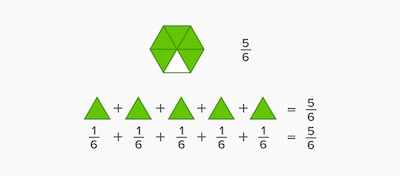
So, as you can see, to decompose a fraction, you need to break it up to equal the sum of the fraction 5⁄6.
#2: Using The Sum Of The Smaller Fractions Which Are Not All Unit Fractions:
You can also decompose a fraction by using the sum of smaller fractions.
If you think about it, 56 can also be split up onto 1⁄6 , 1⁄6 and 3⁄6 or 2⁄6 and 3⁄6 or 1⁄6 and 4⁄6. Thus,
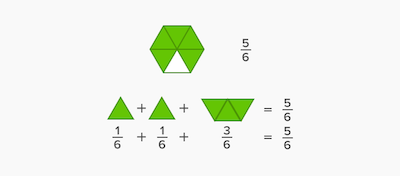
Also,
5⁄6 = 2⁄6 + 3⁄6 = 1⁄3 + 1⁄2
Here we have simplified the fraction 2⁄6 = 1⁄3 and 3⁄6 = 1⁄2
Discover the different types of fractions.
#3: Decomposing Mixed Fractions:
In case you don’t know or if you simply don’t remember, a mixed fraction is a whole number, and a proper fraction represented together. It represents a number between any two whole numbers.

The numerator and denominator are part of the proper fraction of which makes the mixed number.
Let us split a mixed fraction:
2 1⁄3 = 2 + 1⁄3
A mixed fraction on splitting gives a whole number and a proper fraction.
